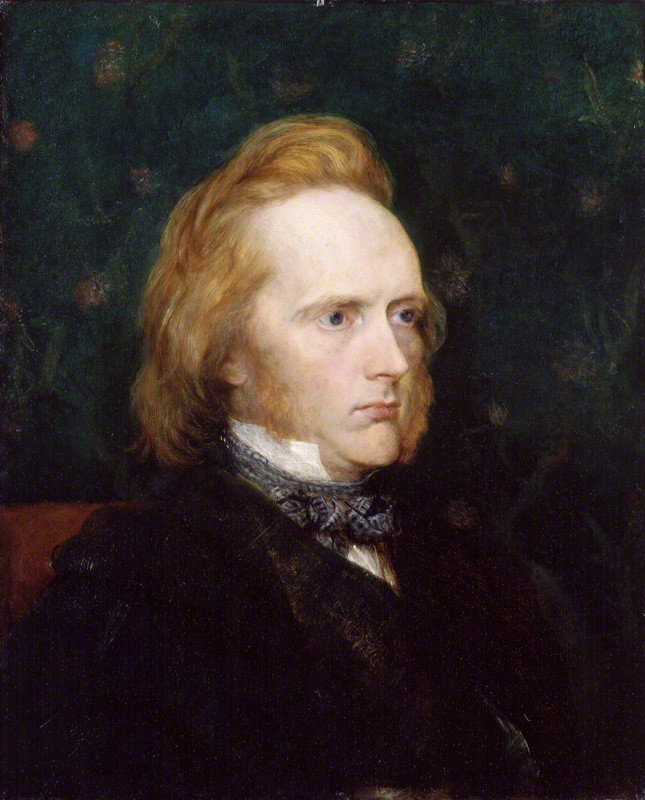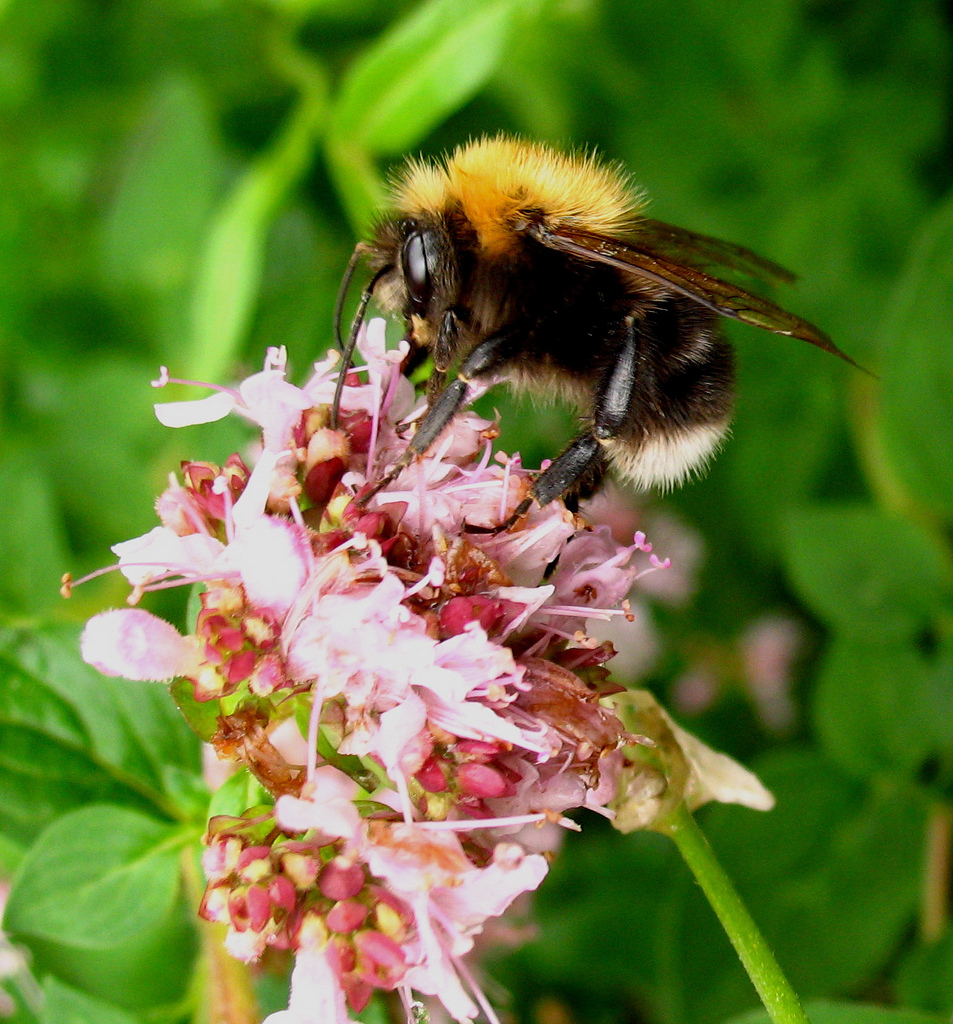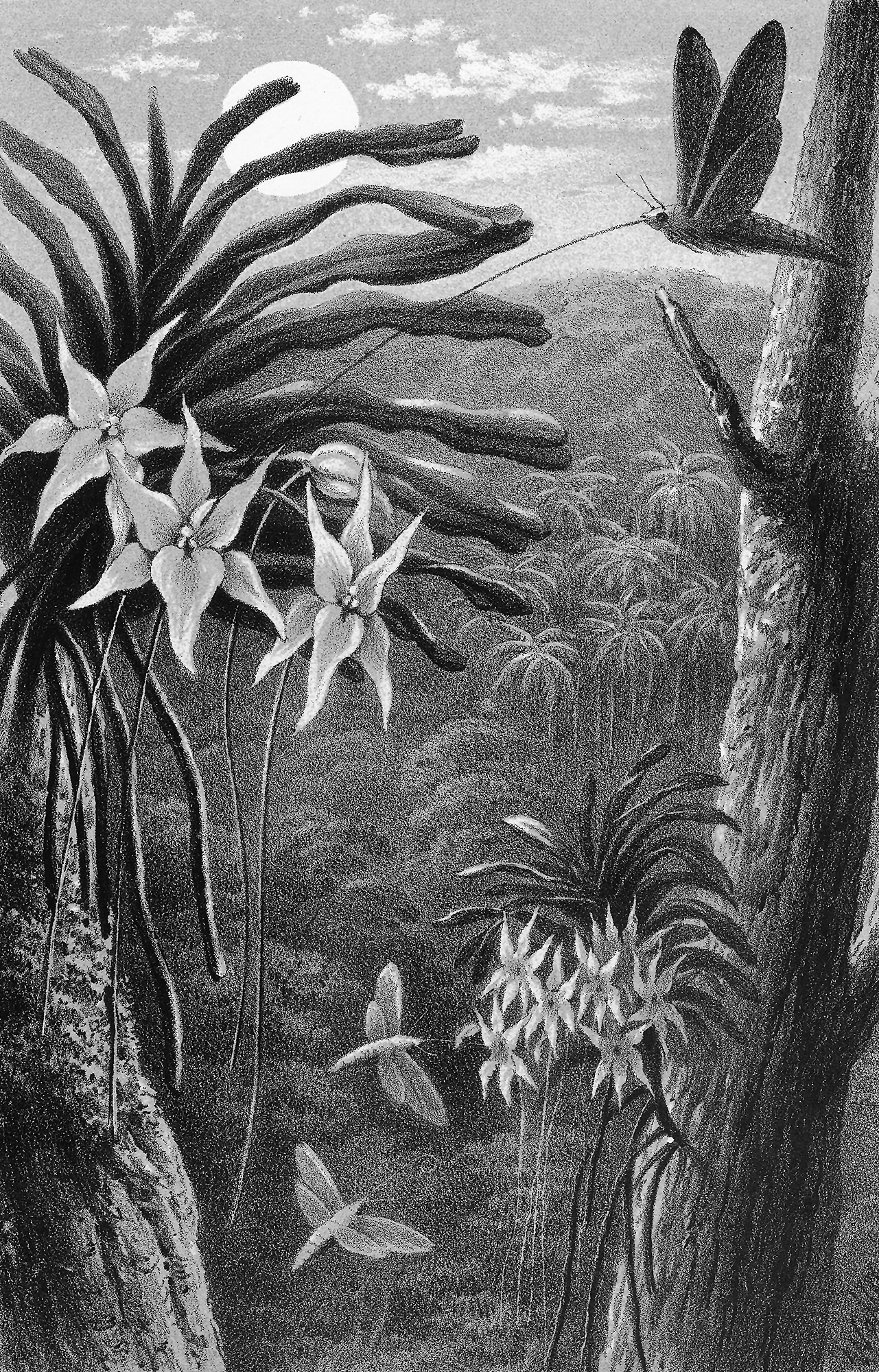A confounded cock ground the crimson seeds up so CD could not find them in its excrement. CD is puzzled by how seeds can be disseminated if merely ground up by birds. Perhaps like acorns from seeds accidentally dropped by birds?
A woodcock’s leg with dry clay clinging to it, from which CD has grown a microscopical rush.
Spencer would have been wonderful if he had trained himself to observe more.
On New Zealand flora and connection with Australia.
Difficulty of speculating about the amount of organic chemical change at different periods.
First impressions of Haeckel’s Generelle morphologie.
Has received THH’s [Lessons in elementary] Physiology [1866]
and reread Man’s place.
Asks THH to read revised "Hybridism" chapter in new edition of Origin. Hopes it will change THH’s view.
Convinced of P. S. Pallas’ view of loss of sterility under domestication.
Sends Naudin’s letter.
Pangenesis.
Benjamin Clarke is mad.
Interested in CD’s Ipomoea experiment.
Scott’s experiments are all in CD’s favour.
Clarifies a sentence in "Insular floras".
Thanks CD for sending F. H. G. Hildebrand’s book on fertilisation [Die Geschlechter-Vertheilung bei den Pflanzen (1867)]
and J. D. Hooker’s "Lecture on insular floras".
Describes work on Rubiaceae, Oxalis,
and on crossing orchids. Lists crosses made.
As for CD’s query concerning sexual differences among invertebrates, he gives the case of the local amphipod, Brachyscellus diversilor. Male differs in shape of antennae and coloration.
Also mentions local fish in sea near Sta Catharina which emits melodic tone to attract females.
CD is much interested in FB’s remarks in Land and Water on the apparent excess of male trout over females and asks for further information on other fish, birds, and domestic quadrupeds.
Has received English edition of Variation. First volume of German edition came three months ago. Comments on book.
Will send copy of recent lectures on human evolution [Entstehung des Menschengeschlechts (1868)]. Gegenbaur much interested in the subject.
Considers Selachius the ancestral form of the fish and hence of all higher vertebrates. Believes their swim-bladder became lung of amphibians.
Mentions cases of hybrid crosses between rabbits and hares producing fertile offspring.
Sends some questions on secondary sexual differences of fishes [missing], which he hopes AG will look over.
Invites AG to come to Down.
Encloses queries on sexual differences and nest-building habits of fish.
LA clarifies his opposition to CD’s views, which does not blind him to the great value of CD’s original researches.
Answers CD’s questions regarding sexual coloration of Amazonian fishes and the protuberances on the head of male Geophagus and Cichla during the spawning season [see Descent, pp. 520, 529].
Thinks GHL’s articles are quite excellent; hopes they will be republished.
Discusses adaptation. Doubts whether similar conditions without selection can produce similar organs independent of blood relationship: "resemblances due to descent and adaptation can commonly be distinguished".
Discusses luminous insects, electrical organs of fish, thorns and spines.
On sounds produced by Euchirus longimanus beetle. Sends a pair by post.
Darwin Correspondence Project
darwin@lib.cam.ac.uk
© University of Cambridge 2022
Website by Surface Impression



© 2024 University of Cambridge


